Table of Contents
- Why Dry Rosemary?
- Fresh vs. Dried Rosemary: What's the Difference?
- How to Dry Fresh Rosemary at Home
- Storage Hacks That Keep Dried Rosemary Fresh
- Rosemary Conversion Chart: Fresh to Dried
- Buying Guide: Best Tools for Drying & Storing Rosemary
- Creative Ways to Use Dried Rosemary in Your Kitchen
- Frequently Asked Questions
- Final Thoughts
Why Dry Rosemary?
Rosemary is more than just a pretty plant—it's a powerhouse of flavor and aroma. Whether you grow it in your backyard or buy it fresh from the market, knowing how to properly dry it can extend its shelf life and intensify its taste.
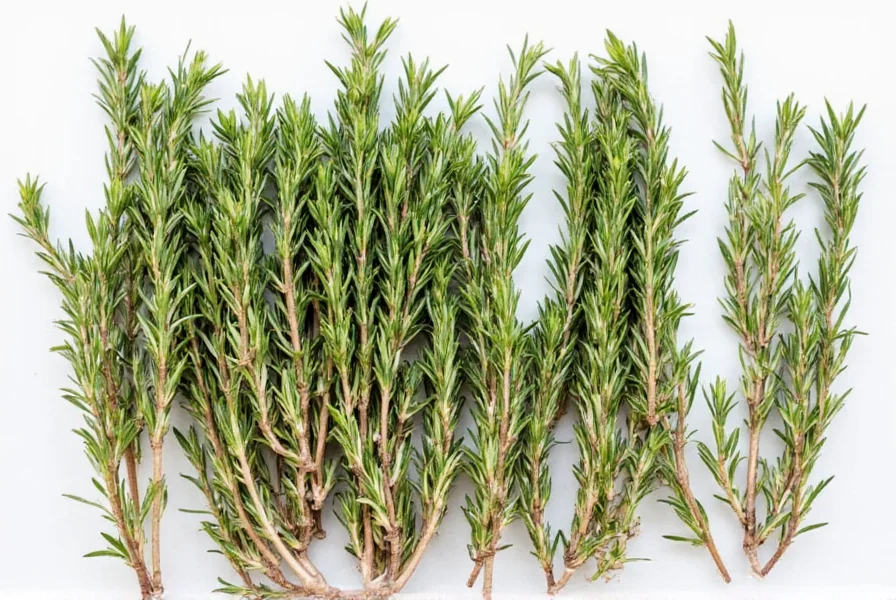
If you've ever let a bunch wilt in your fridge or throw away shriveled sprigs, this guide is for you. Let's transform those green stems into kitchen gold!
Fresh vs. Dried Rosemary: What's the Difference?
The biggest difference between fresh and dried rosemary lies in potency and texture:
| Characteristic | Fresh Rosemary | Dried Rosemary |
|---|---|---|
| Flavor | Mild, herbal, slightly citrusy | More concentrated, earthy, robust |
| Potency | Less intense | Up to 3x stronger |
| Texture | Woody but pliable | Crispy, brittle, flaky |
| Shelf Life | 5–7 days refrigerated | 6–12 months stored properly |

How to Dry Fresh Rosemary at Home
Drying rosemary doesn't require any fancy equipment—just time and care. Here are three simple methods:
1. Air-Drying Method
- Rinse and pat dry the rosemary sprigs thoroughly.
- Tie them into small bundles using twine or rubber bands.
- Hang the bundles upside down in a warm, dry, well-ventilated area away from direct sunlight.
- Leave for 1–2 weeks until the leaves become crisp and break easily.

2. Oven-Drying Method
- Preheat your oven to its lowest setting (around 150°F / 65°C).
- Spread clean, trimmed rosemary sprigs in a single layer on a baking sheet lined with parchment paper.
- Bake for 1–2 hours, checking every 20 minutes to avoid burning.
- Let cool completely before storing.
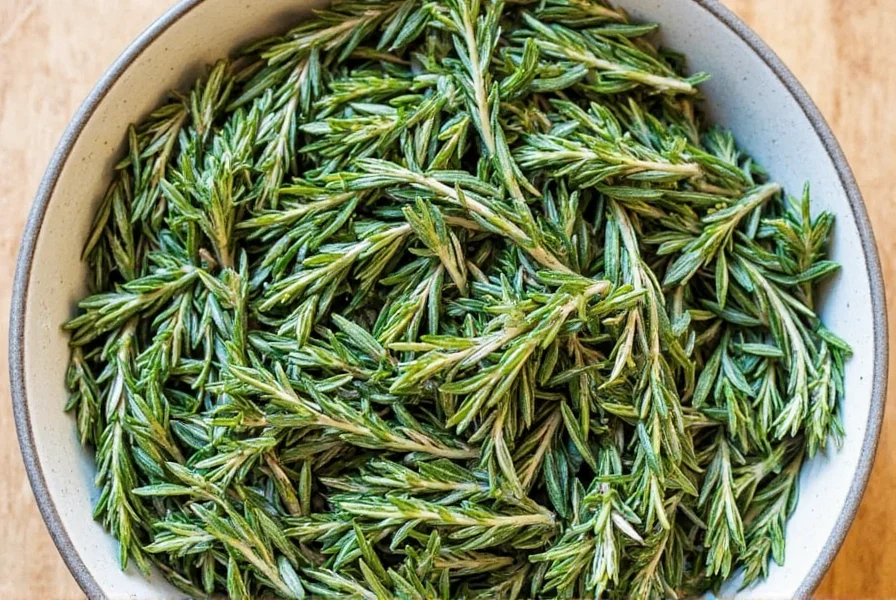
3. Dehydrator Method
- Wash and dry rosemary thoroughly.
- Place sprigs on dehydrator trays in a single layer.
- Set the temperature to 95–115°F (35–45°C) and dry for 2–4 hours.
- Store once fully dried and cooled.
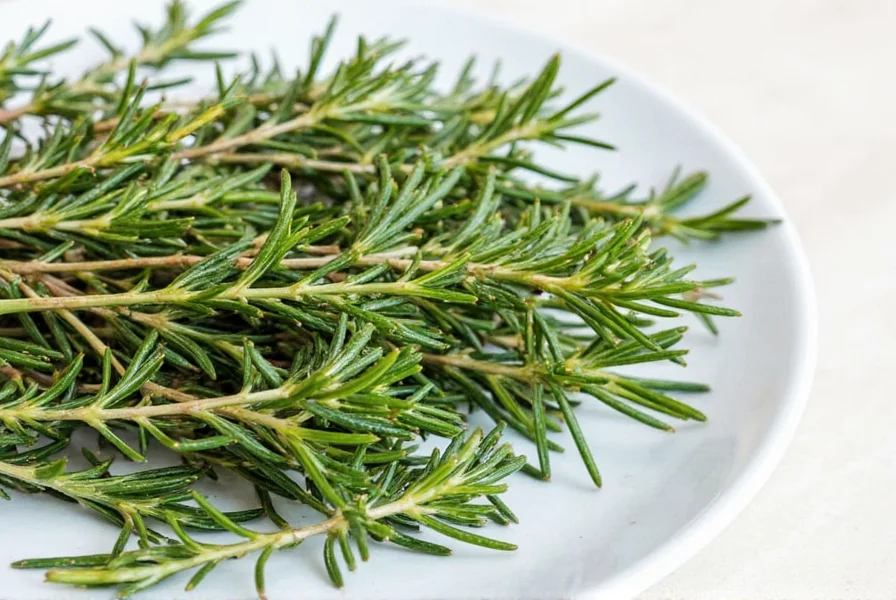
Storage Hacks That Keep Dried Rosemary Fresh
Once dried, proper storage is key to preserving flavor and preventing moisture damage.
- Strip the leaves from the woody stems after drying.
- Store in an airtight glass jar or spice container.
- Keep in a cool, dark place—like a pantry or cabinet—to prevent light degradation.
- Add a silica gel packet to absorb moisture if storing long-term.
- Label jars with the date and contents for easy identification.

Rosemary Conversion Chart: Fresh to Dried
Understanding how much dried rosemary to use in place of fresh is crucial for perfect seasoning.
| Fresh Rosemary | Dried Rosemary |
|---|---|
| 1 tablespoon chopped | 1 teaspoon crushed |
| 1 sprig (~3 inches) | ½ teaspoon crushed |
| 1 cup packed leaves | ¼ cup crushed or powdered |

Buying Guide: Best Tools for Drying & Storing Rosemary
If you love cooking with rosemary, investing in quality tools can streamline your process and preserve freshness. Here are our top picks:
1. Mesh Herb Drying Rack
- Best For: Air-drying herbs without tying or hanging
- Features: Stackable mesh trays, compact design, easy airflow
- Use Case: Perfect for small kitchens or apartment drying setups
- Who Needs It: Urban gardeners, occasional cooks, and beginners

2. Food Dehydrator with Adjustable Temperature
- Best For: Fast, consistent herb drying
- Features: Digital controls, multiple trays, even heat distribution
- Use Case: Ideal for frequent users and serious home chefs
- Who Needs It: Meal preppers, culinary hobbyists, and health enthusiasts
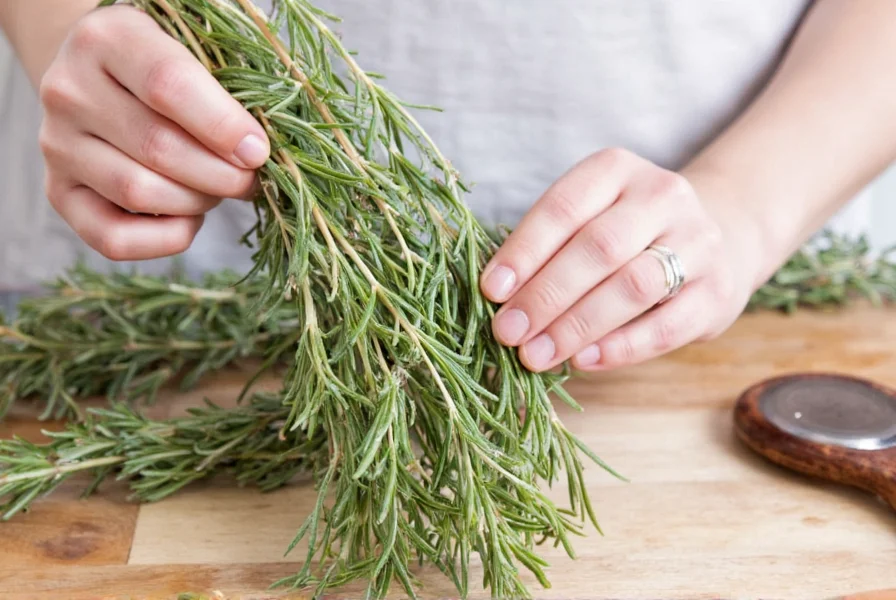
3. Airtight Glass Spice Jars with Labels
- Best For: Long-term herb storage
- Features: Dark tinted glass, tight-sealing lids, reusable
- Use Case: Prevents oxidation and preserves essential oils
- Who Needs It: Everyone who wants organized pantry and lasting flavor
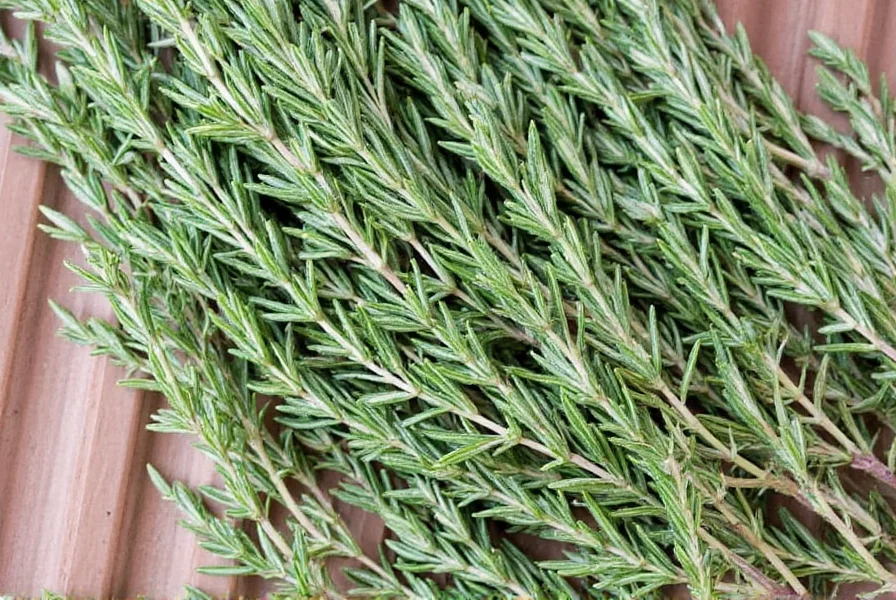
4. Silicone Herb Keeper
- Best For: Keeping fresh rosemary alive longer in the fridge
- Features: Humidity-controlled compartments, leak-proof design
- Use Case: Extends shelf life of fresh herbs up to 2 weeks
- Who Needs It: Busy cooks who buy in bulk but don't dry immediately

Creative Ways to Use Dried Rosemary in Your Kitchen
Now that you've mastered the art of drying rosemary, here are some delicious ways to put it to use:
- Garlic Rosemary Potatoes: Sprinkle over roasted potatoes with garlic and olive oil for a crispy side dish.
- Homemade Rosemary Bread: Mix into dough or sprinkle on top before baking for an aromatic twist.
- Herb Butter Blend: Combine with softened butter, lemon zest, and garlic for steak or corn.
- Infused Oils: Steep dried rosemary in olive oil to create a gourmet finishing touch for salads or bread dips.
- Spiced Roast Chicken: Season under the skin and around the bird for rich, herby flavor.
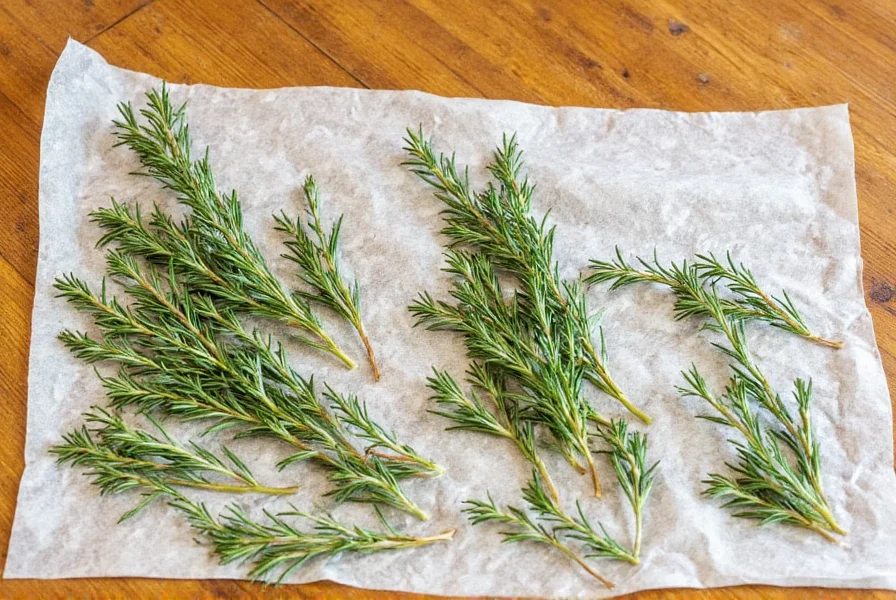
Frequently Asked Questions About Drying Rosemary
How much dried rosemary equals fresh rosemary in recipes?
Generally, 1 teaspoon of dried rosemary equals 1 tablespoon of fresh rosemary. Since drying concentrates the flavor, you need about one-third the amount of dried rosemary compared to fresh. For example, if a recipe calls for 3 sprigs of fresh rosemary, use 1 teaspoon of dried.
What is the fastest way to dry rosemary?
The oven method is the fastest way to dry rosemary, taking just 1-2 hours at the lowest temperature setting (around 150°F/65°C). A food dehydrator is the second fastest option, typically taking 2-4 hours. Air-drying is the slowest method, requiring 1-2 weeks.
Why does dried rosemary taste stronger than fresh?
Dried rosemary tastes stronger because the drying process removes water content while concentrating the essential oils and flavor compounds. This makes dried rosemary up to three times more potent than fresh rosemary, which is why you need less when substituting in recipes.
How long does properly stored dried rosemary last?
When stored correctly in an airtight container away from light and moisture, dried rosemary can maintain its best flavor for 6-12 months. While it won't spoil after this time, the flavor and aroma will gradually diminish. For optimal freshness, try to use within 6 months.
Can I substitute dried rosemary for fresh in all recipes?
Yes, you can substitute dried rosemary for fresh in most recipes, but you'll need to adjust the quantity (use one-third the amount of dried). Dried rosemary works especially well in long-cooking dishes like stews, roasts, and baked goods where it has time to rehydrate and release its flavors. For raw applications like salads or garnishes, fresh rosemary is preferable.
Should I strip rosemary leaves before or after drying?
It's best to strip the leaves from the stems after drying. Fresh rosemary leaves are firmly attached and difficult to remove without damaging them. After drying, the leaves become brittle and easily crumble off the woody stems. Simply hold the dried sprig over a bowl and run your fingers from the top of the stem downward to collect the dried leaves.
What's the best way to grind dried rosemary?
For the best results, use a spice grinder or clean coffee grinder to create a fine powder. Alternatively, place dried rosemary in a zip-top bag and crush with a rolling pin or mortar and pestle. For small amounts, you can rub the dried leaves between your palms directly over your dish. Finely ground rosemary distributes flavor more evenly in recipes.
Can dried rosemary get too dry?
Yes, over-drying can happen if rosemary is left too long in a dehydrator or oven. Signs of over-dried rosemary include leaves turning dark brown (instead of greenish-gray) and crumbling to dust when touched. While still usable, over-dried rosemary loses some flavor complexity. Properly dried rosemary should be brittle but retain its greenish color and strong aroma.
Final Thoughts
Learning how to convert fresh rosemary to dry is like turning a fleeting treasure into a permanent spice staple. With minimal effort, you can enjoy rosemary's vibrant flavor all year round, whether your sprigs came from the farmers' market or your own garden.
So next time you see a bundle of fresh rosemary, don't just toss it into the fridge. Think ahead, dry it right, store it smartly, and let it season your meals with rustic charm and aromatic depth. Happy cooking!
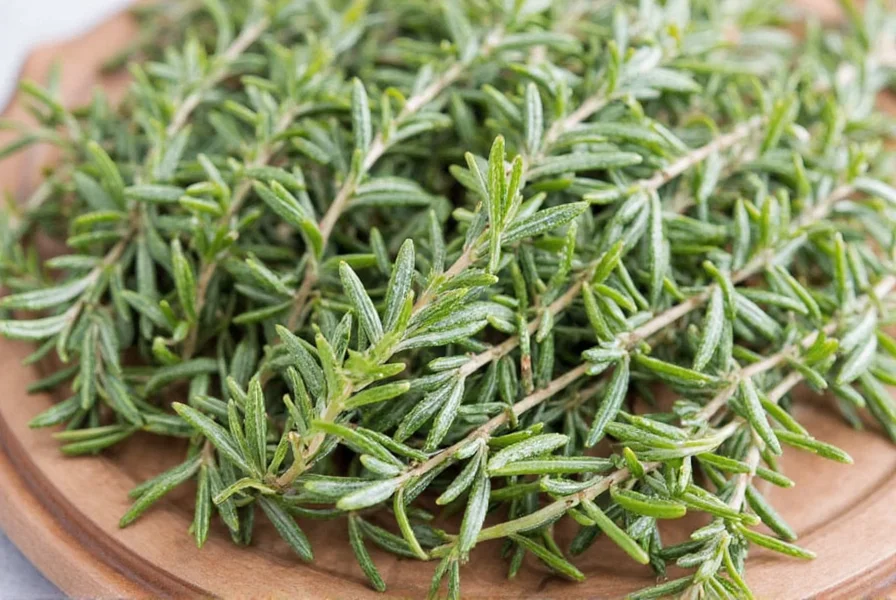

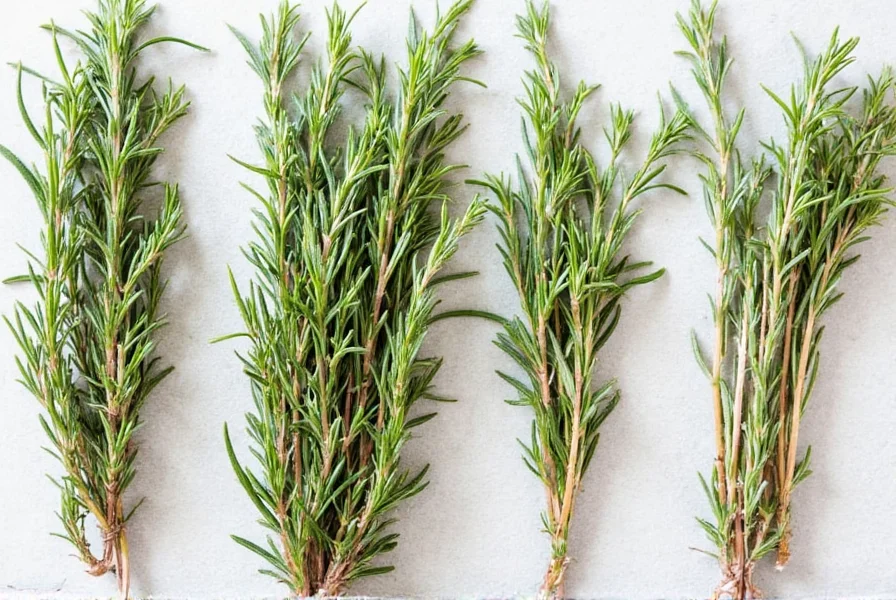









 浙公网安备
33010002000092号
浙公网安备
33010002000092号 浙B2-20120091-4
浙B2-20120091-4